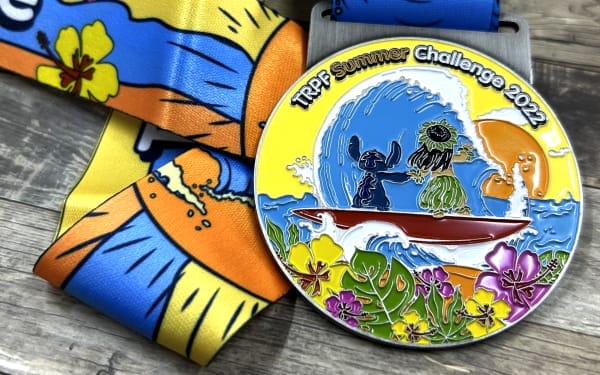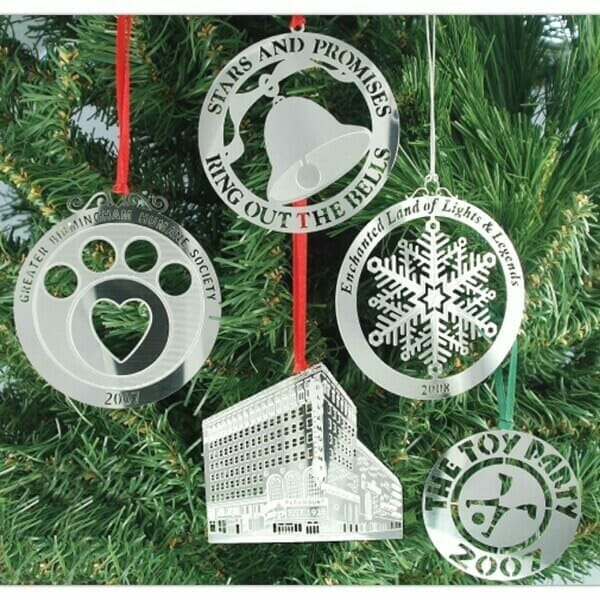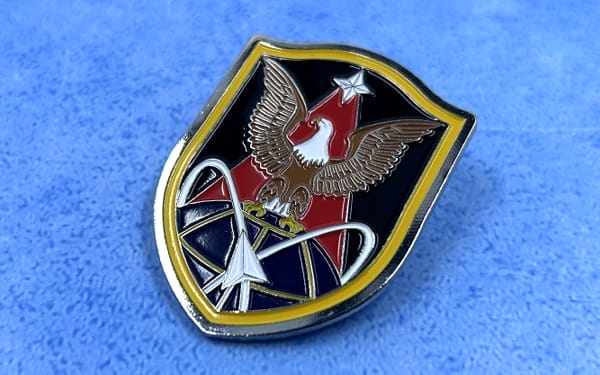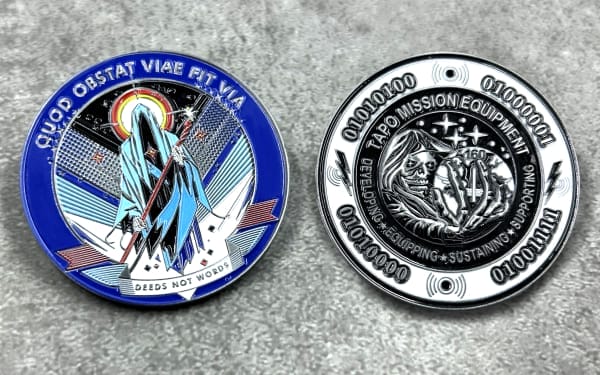Understanding Copyright for Custom Lapel Pins: What You Need to Know

Lapel pins are one of the most inexpensive and creative ways to promote your business or share your personal interests and passions. But if you make a design with a character already owned by a larger company (maybe one with some large ears) you could land deep into real trouble. We would also fall into serious trouble if we were to let a design slip through unnoticed, so we make sure to double-check any designs for lapel pins that come through as suspiciously similar to something we’ve seen before.
What is Copyright?
Definition
According to the US Copyright Office, Copyright is intellectual property that protects original works that are made in a tangible form of expression. This can be anything from photos, sound recordings, poems, drawings, the works! With the production of lapel pins, we see it most often used to protect original characters or symbols from being replicated by someone who does not have the exclusive right to reproduce them.
Who Does Copyright Protect?
Copyright is to exclusively protect the owner and author of the intellectual property. It won’t protect anyone who is trying to use the intellectual property unless the owner or author has given written permission to them to reproduce their intellectual property. So if you wanted to make a design for your lapel pin and didn’t have explicit permission to do so, you’re going to see some consequences.
What Happens if I Break Copyright Law?
Simply put, the law punishes you for breaking copyright, but the level of punishment can vary based on the level of severity. Severity can depend on whether you sold these lapel pins or not, and if you were aware of this copyright on a character and decided to infringe on it anyway. There can be both criminal infringement and additional civil punishment on top of the criminal charges. These can include:
- Imprisonment of up to 5 years
- Fines with a wide range of $200 per non willful infringement to up to $200,000 per willful infringement
- Additional costs for damages to the copyright holder and their profits
- Injunctions from court to cease the continued breaking of copyright.
You can look at the full description of copyright infringement and the ramifications of breaking it on the US Department of Justice website.
What Can I Do to Avoid Copyright Infringement?
There are definitely ways to avoid copyright infringement! Disney’s characters are based on stories we’ve told for decades now. We can give you great ideas you can use to help save yourself any extra trouble when making your custom lapel pins.
Get Permission
This sounds like the easiest option, and that’s because in some instances it is! Some companies are much more relaxed on the hold of their copyrighted content than others, so sometimes it can’t hurt to just ask what their policy is. If they agree, then you can use the character or elements for your custom lapel pins! Some companies also announce publicly what their policy is on the reproduction of their characters or ideas. So if you see the owner of a copyrighted character announce “Hey, you are fine reproducing my character on other things like lapel pins” that gives you the green light. Just make sure that you have the correct permissions for whether you are creating these pins simply to give away or if you are hoping to sell them. These are two different permissions!
Check the Public Domain
Copyright does not hold forever. At the time of writing this blog, copyright is held and respected for 120 years before the intellectual property is released to the public domain. This happened most recently with Steamboat Willie, an iteration of Mickey Mouse, which has just been opened up into public domain. This means that you can recreate Steamboat Willie on a lapel pin without fear of breaking any copyright laws. This is usually public information, so take a look at your favored subject and see if anything is out in the public domain for you to use without worry.
Correlate, Don’t Copy!

You may not be able to completely replicate a design from something that is under copyright law, but don’t despair! Maybe there are elements from the story that are vague enough to remain separate from copyright. For example, you can’t use the character of the fairy godmother from Disney’s Cinderella on a lapel pin. However, you could take elements from her story that remind people of her and put them together. If you take her hood or the pumpkin and combine it with a magic wand, we suddenly see the character in our heads. People make their own connections with enough information. Take a trip into your subject of interest and see if there is anything you could make that can relate to it without explicitly stating the obvious.
Custom Product Creation Expert
It is a long established fact that a reader will be distracted by the readable content of a page when looking at its layout.




